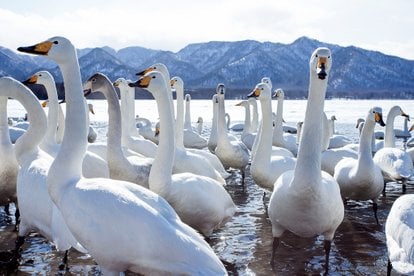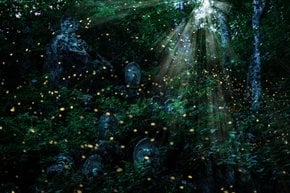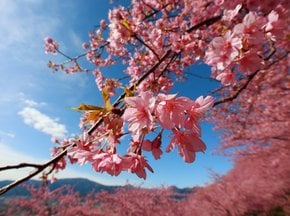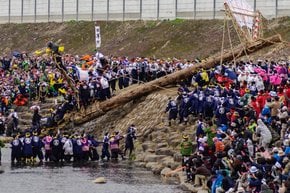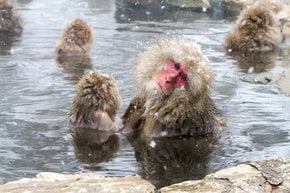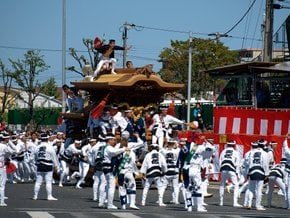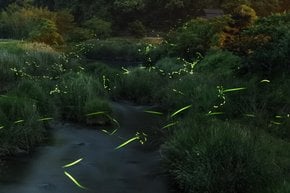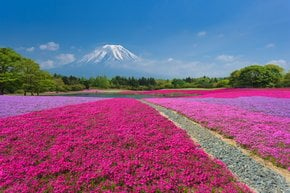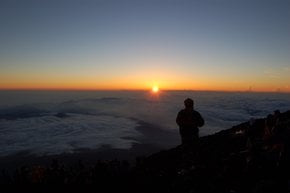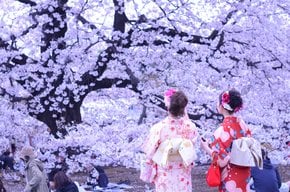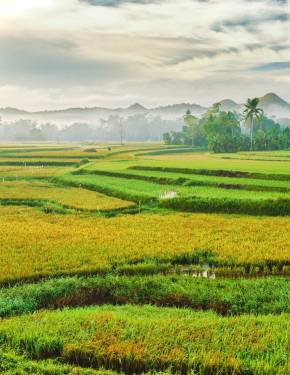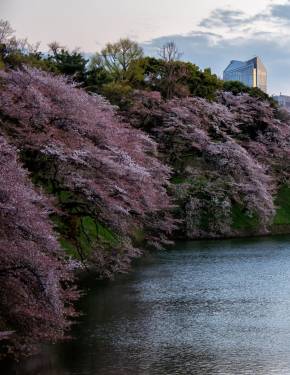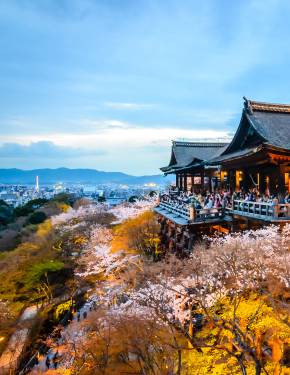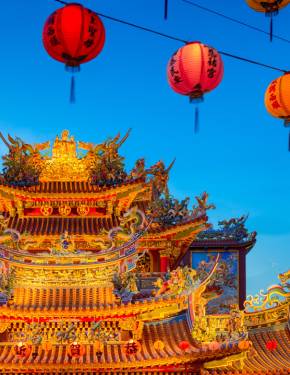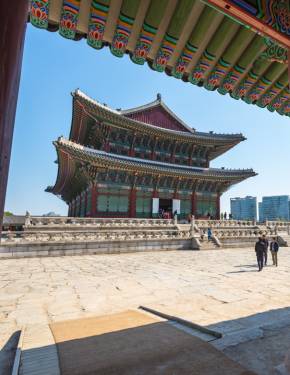Whooper Swans at Lake Kussharo in Japan 2025-2026
Gorgeous proud birds spend the winter in the snow-covered lake
Best time: December–February
Located on the East Asian Flyway, a migratory route linking Northeast Asia with Southeast Asia and Australasia, Japanese Hokkaido provides a captivating stopover for various bird species during their long journey. Each winter, over 300 graceful white birds return to Lake Kussharo in Hokkaido. Their striking presence on the snow-covered lake attracts nature photographers in search of the perfect shot.
Best Time to See Whooper Swans
As temperatures drop in late autumn and early winter, flocks of Bewick’s and Whooper Swans arrive in Hokkaido, filling the air with their trumpeting calls. While Bewick’s Swans continue southward to Honshu, many Whooper Swans remain, inhabiting the ice-free areas of lakes and marshes through winter. The best time to view them at Lake Kussharo is between December and February, when the swans migrate to escape the harsh Siberian cold, offering stunning winter scenes for visitors to capture.
Where to see Whooper Swans in Hokkaido?
Lake Kussharo, the largest of the three caldera lakes in Akan National Park, derives its name from the indigenous Ainu language. Formed over 100,000 years ago by volcanic eruptions, the lake's surface freezes in winter, except near the shores where thermal springs keep the waters warm. These heated areas serve as natural baths for the whooper swans that migrate to the lake during the colder months.
Best Photography Spots
Visitors to Lake Kussharo have several excellent spots to photograph the whooper swans. The east and west banks of the lake provide stunning views, with popular locations including Sunayu, Kawayu-Onsen, and Kotan Onsen. For an even more unique photo opportunity, visitors can hike the trail to Nigorigo Onsen, offering a picturesque backdrop for capturing the swans.
Lake Activities & Infrastructure
Free outdoor hot spring baths, or "onsen," are natural hot water pools that are open to the public, providing visitors with a unique chance to relax in geothermal waters while surrounded by nature. Around Lake Kussharo, several of these onsen, including Kawayu Onsen, Kotan Onsen, and Sunayu Onsen, offer a special experience where visitors can soak in the warm, mineral-rich water while enjoying the scenic beauty of the lake and the contrast of freezing winter temperatures. These baths are not only a great way to unwind but also a popular tourist attraction in the area. For a perfect lunch spot, visitors can enjoy a meal at a cozy restaurant in Sunayu with large windows overlooking the lake, pairing a scenic view with delicious ramen or curry.
Whooper Swan Info
The Whooper Swan, pronounced "hooper swan," is a large, powerful flier found in colder regions of the Northern Hemisphere. Known for their deep honking calls, these swans can fly at speeds of up to 55 miles per hour. With pure white plumage, black webbed feet, and distinctive orange-yellow and black bills, individual swans can be recognized by their unique bill patterns. Males are called "cobs," females "pens," and their chicks "cygnets." Whooper Swans feed on aquatic plants, grain, and crops like wheat and carrots, especially in winter when other food is scarce. Their long necks allow them to forage in deeper waters than ducks or geese.
Other Animals to Spot
In addition to swans, visitors to Lake Kussharo can spot a variety of birds, including Mallard ducks, white-tailed eagles, common buzzards, Blakiston’s fish owl, brown hawk owls, and yellow-breasted greenfinches. The area is also home to wildlife such as sables, mountain hares, and Siberian chipmunks. During the winter season, guided tours or following road signs to the forested areas can increase the chances of spotting sables and Sika deer.

